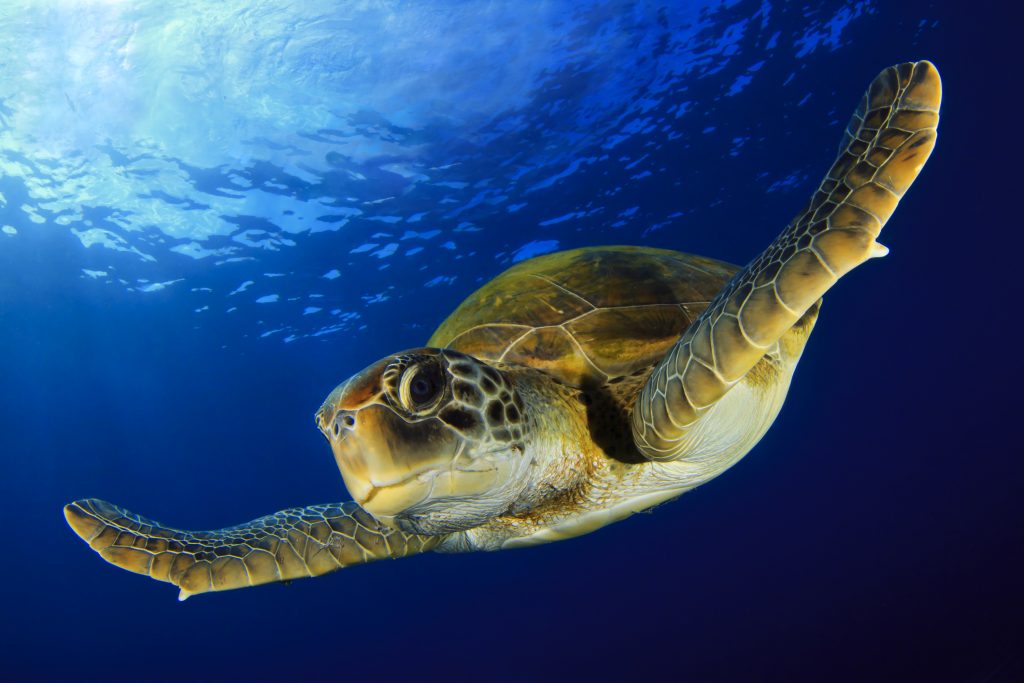According to some they don’t and others that they play an important role. So, we decided to take a look and form our own opinion.

A recent article from www.thehill.com stated that, “Perhaps the biggest benefit aquariums have in advancing conservation is by inspiring people to act. Aquariums offer ordinary people the extraordinary opportunity to see fascinating sea life up close. This is vital to generating the public support necessary for conservation efforts. To generate support for conserving sea creatures, people must deeply appreciate them. But to appreciate them, people must first know them. Aquariums offer people this introduction.” The article, reported on an activist movement called Empty the Tanks, who were hosting coordinated worldwide protests demanding that aquariums return their inhabitants to the sea. Its mission statement is, “End captivity, protect the oceans,” the writer expressed that, “As a committed conservationist, I understand that this mission has a certain emotional appeal. But upon further examination, emptying aquarium tanks would have a negative impact beyond just eliminating the joy of visiting an aquarium. It would set back the conservationist cause, not advance it.”
We tend to agree.
The majority of public zoos and aquariums consider conservation and research to be their key missions. For example, last year the New England Aquarium rehabilitated and released 733 sea turtles (of both threatened and endangered species) stranded on the beaches of Cape Cod. It was part of an annual event that typically releases 90 of the creatures (2014 was a banner year). The New England Aquarium has also been studying the North Atlantic right whale in the wild for the past 40 years and is involved in changing government policy to decrease human-caused mortality by entanglement, marine gear and vessel collision. On top of that, the aquarium has designed fishing gear that’s less likely to snare whales.
On a global scale, AZA and AZA-accredited zoos and aquariums play a vital role in advancing ocean conservation, science, and education. Together, the AZA community provides conservation and education programs, supports and engages in research and conservation projects, advocates on the local, national and international levels, and maintains partnerships with like-minded government and non-government agencies in order to raise awareness of ocean issues and conserve ocean resources for everyone to enjoy now and in the future. AZA-accredited aquariums contribute to ocean conservation in a variety of ways including but not limited to marine animal rescue and rehabilitation, coral reef rebuilding, wetland restoration, sustainable seafood programs, beach clean-up events, and sea turtle monitoring. Every time you visit your local aquarium a portion of your entry fees are used to support ocean conservation projects. AZA, working cooperatively with The Ocean Project, the Monterey Bay Aquarium, and the National Aquarium in Baltimore, initiated a research survey in 2008 to quantify public awareness, attitudes, and actions concerning the ocean, environment, and climate disruption. This qualitative and quantitative scope of work, thought to be the single most comprehensive public opinion survey ever undertaken on behalf of any environmental concern, enabled the means to identify and track changes in public actions and attitudes relating to the ocean over time. Seafood Watch is a program of the AZA-accredited Monterey Bay Aquarium that helps individuals and business make informed decisions on the types of seafood they consume. Species are rated on a scale – the “Best Choices” are those which come from well-managed and sustainable sources with minimal impact to the ocean.
Now, on the other hand SeaWorld was an accredited AZA organization. SeaWorld came under intense scrutiny over its treatment of animals and specifically the Shamu shows since the 2013 documentary “Blackfish,” a highly critical look at how the park keeps orcas in captivity and potential dangers posed to employees. The former CEO resigned in December after months of declining revenue and attendance. On March 17, 2016 the AZA release this statement, “Every member of the Association of Zoos and Aquariums must make animal welfare decisions for the animals in their care. SeaWorld’s decisions to end its signature killer whale shows, and also its killer whale breeding program, were no doubt difficult, especially because of their decades long commitment to this species. As an AZA-accredited member, SeaWorld will continue to provide state of the art animal care to over 800 animal species. And its commitment to killer whales will not in the future, SeaWorld will continue to invest millions of research dollars into the study of these magnificent animals to help them to thrive in the wild.”
On July 30, 2018 AZA released a statement on the announcement that the travel company Thomas Cook will no longer sell trips to animal parks that care for killer whales or “orcas.” This decision directly impacts SeaWorld Orlando, an AZA-accredited facility which also achieved a 100% rating in an animal welfare audit Thomas Cook had the facility undertake. In the statement Dan Ashe, President and CEO of the AZA, reiterated the good work that SeaWorld had carried out in the past 35 years.
It’s difficult to support what SeaWorld was doing and it challenges the credibility of the AZA accreditation. This is an extreme case and as someone who visited SeaWorld many years ago, I’m distressed over the suffering of these magnificent animals, but I still remember what it was like to see them.
That’s the dilemma.
After visiting The Monterey Bay Aquarium, I became so much more interested in their SeaFood Watch program and the types of fish I purchase. So, I’m not sure there’s a simple answer, except that to know them is to love them. And aquariums do let people get to know sea life which they could never get an opportunity to do.
 Food
Food Farmers
Farmers Sustainable Living
Sustainable Living Living Planet
Living Planet News
News